Heritage structures are finding a new home in the digital world. After the 142-year-old McDougall Memorial United Church located near Morley, Alta. burned down in mid-May of this year, the province of Alberta took an innovative approach to preserving not only its memory, but its structure.
"We used a terrestrial laser scanner, which sends out millions of points of light and creates a ‘point cloud’ which we can then make into digital architectural models," said University of Calgary archeology professor Peter Dawson. "Point clouds are very useful for heritage preservation."
While his team of researchers were called in after the fire occurred, Dawson said what the blaze revealed was of interest.
"The church was originally built as a log building and cladding was later added in the 1950s. But the point cloud showed us where there were original dove-tailed joints," he said.
The McDougall Church board also contacted Dawson for measurements from the church to build a protective barrier around what remained of the structure.
"We extracted data to get exact dimensions and then they could use that data to build a structure to protect the site," Dawson said.
While the church is unlikely to be rebuilt, Dawson explained, the data measurements are available and he stressed the importance of making such data available more widely.
"Previously, companies scanned a structure and it just sat on a flash drive," he said, "We’re interested in making datasets accessible."
He added he and others are working towards a digital archive, where the public can look at digital models of heritage buildings and professionals can access the raw data files.
Dawson’s team also scanned a unused Chinese laundry in Fort Macleod, which was scheduled for demolition.
"The structure had become unsound and the decision was made to demolish the structure. Alberta Culture and Tourism asked us to go in and we were able to scan the building in about four hours," he said.
Measuring the building using traditional methods would have taken much more time, he added.
Heritage structures are at risk in Alberta in a number of ways, Dawson said, citing the floods in Calgary’s downtown in 2013 as well as the damage done to industrial-scale heritage sites in Fort McMurray.
"Gentrification of neighbourhoods and development also have an impact on heritage structures," he stated.
Further afield, researchers are using laser scanning and 3-D models to preserve artifacts in Syria and other historically significant areas where priceless artifacts are at risk or have already been destroyed.
Laser scanning can also be used to maintain current heritage projects, Dawson said, such as an aqueduct built in Brooks, Alta. Originally built in the 1910s, the 3.2-kilometre structure was used for irrigation for 30 years and is now classified as a National Historic Site of Canada.
"It had design flaws that compromised it, so annual scans are done and through comparison of those scans you can measure the status and stability of the aqueduct," Dawson said.
Even when a heritage building is still in use, he added, it makes sense to scan the structure.
"Scanning a building beforehand is good policy. Heritage buildings often didn’t have plans or blueprints," Dawson said.
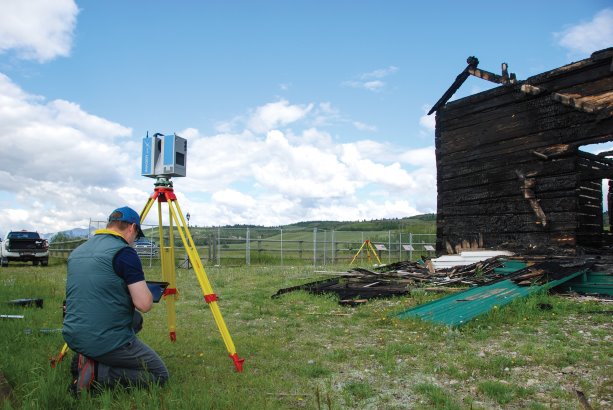
1/2
The 142-year-old McDougall Memorial United Church near Morley, Alta. burned down in May, but a team from the University of Calgary’s archeology department is using cutting-edge techniques to preserve it in digital form.
Photo: Peter Dawson/Sketchfab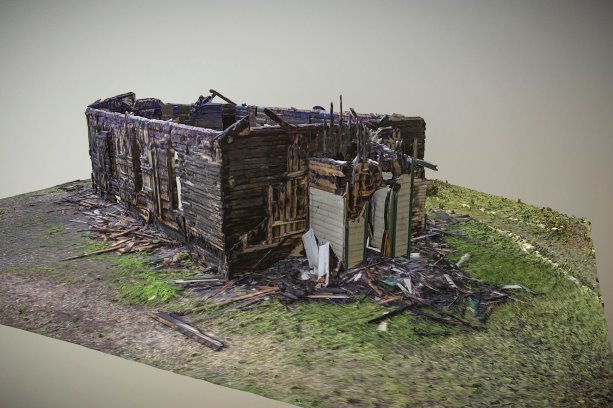
2/2
Laser scanners were used to determine the exact dimensions of the damaged wood church.
Photo: Peter Dawson/Sketchfab"

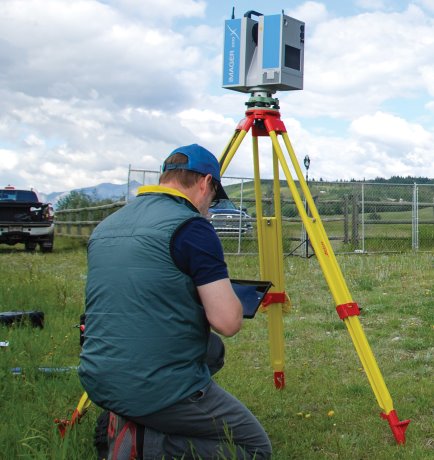

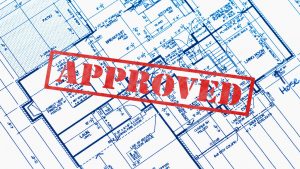


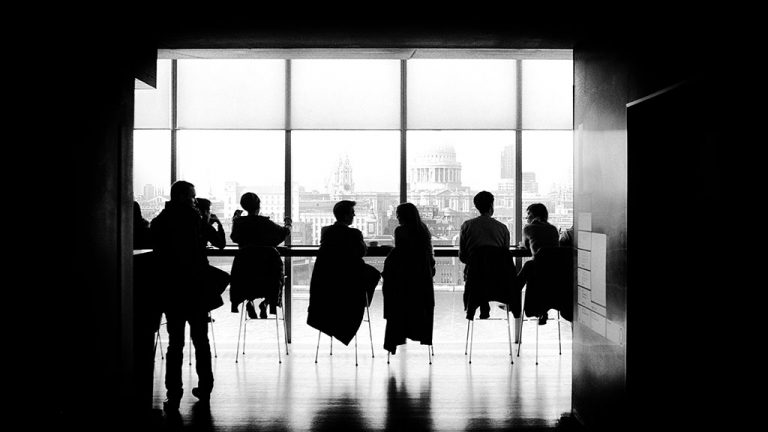



Recent Comments
comments for this post are closed